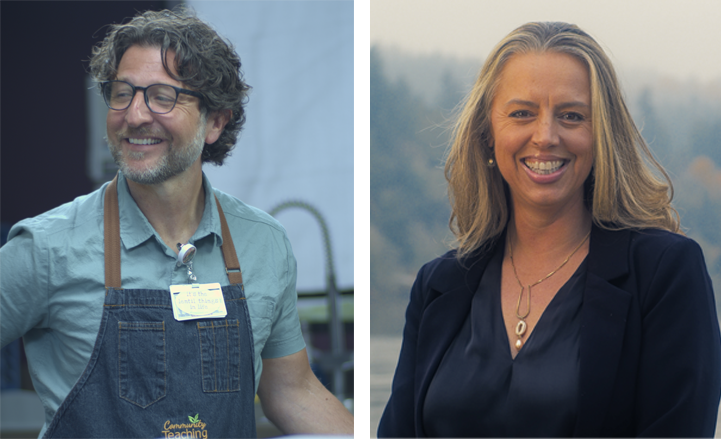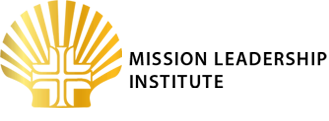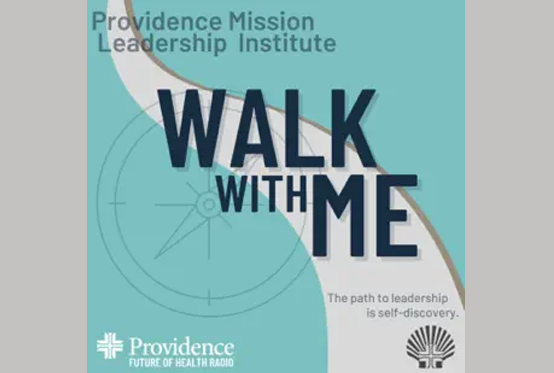Whole Person: July 10-11, 2025
Utility Links
Luminary

Carolyn Woo
Retired President and CEO, Catholic Relief Services
In 1972, Carolyn Woo came from Hong Kong to Purdue University as a foreign student with only one year of funding. With scholarships and fellowships, she was able to complete her Bachelors, Masters and Ph.D. in Strategy by 1979. After two years in the industry, Carolyn was recruited back to the Purdue faculty. Soon after promotion to full professor, she was drafted into administration, first as director of the Master’s programs in Business, and then as Associate Executive Vice President for Academic Affairs. Under her leadership, the Master’s program achieved top twenty ranking in BusinessWeek and she was cited as one of Top Forty Leaders Under Forty by Change Magazine.
Sensory Focus
During this session, we will dissect the fundamental differences between taste and flavor, challenging common misconceptions and revealing the complex interplay of our senses, with Chef Tim Shevlin- Program Chef & Coordinator, and Heidi Davis, MSW- Program Manager of Providence Community Teaching Kitchen.

The Community Teaching Kitchen (CTK) at Providence Milwaukie Hospital is a vital resource offering outpatient nutrition and diabetes education alongside access to nutritious food for patients and community members. Through the on-site Food Pharmacy and Garden of Giving, CTK supports individuals facing food insecurity and chronic health challenges, providing pathways to better health and wellness.
In collaboration with Patient Navigation services, the CTK offers personalized support through screenings and referrals tailored to each individual’s needs.
Program Components:
- Comprehensive screening & referrals for social determinants of health
- Healthy food boxes for patients experiencing food and nutrition insecurity
- In-person & virtual culinary nutrition classes, complete with take-home recipe bags
- YouTube channel featuring pre-recorded recipe demonstrations
- Garden of Giving: An integrated 48-bed fruit and vegetable orchard supporting food access and education
- Research & Publication: Focused on Culinary Medicine and Prescription Gardening (Rx Gardening)
Together, these elements create a holistic approach to healing, empowering individuals to take control of their health through food, education, and community support.
Session Pre-work
Chronicles of the Journey Inspiration
These activities will help inspire you to reflect on your journey
Video by Parker J. Palmer
Watch the video “What Is a Divided Life?” and reflect in your journal on the questions found below. For this journaling exercise we invite you to write in free-flow fashion, without worrying about editing or correcting. Your journal is for your eyes only. Engaging the questions in this way should help you deepen your understanding of the topic.
- Write down the reactions you experienced while watching this video.
- What are aspects of myself that I love, appreciate, and/or take pride in? What are the aspects of myself that I have difficulty accepting or wish I could change?
- As you were growing up, what were some of the experiences you had in which you felt you could be yourself? What experiences did you have where you felt you had to keep your true self or aspects of yourself from others?
- As an adult, with whom do you feel you can most be yourself? In what circumstances or social settings do you feel you cannot be yourself?
- Reflect on your own experiences at work: how has working in healthcare challenged or supported the development or integration of your whole self? In what ways has the work environment challenged aspects of your own development?
We encourage you to journal your Chronicle of the Journey, allowing for free flow response. The journaling portion is just for you. You may want to include a summary of what you noticed or learned about yourself through your reflection in this exercise; share as much as you like. You can also choose to create a collage with photos and key words describing the significant people that have impacted your own sense freedom to be a whole person.
Whole Self: Why Pay Attention to Feelings?
In this chapter of Rediscovering the Lost Body-Connection by Edwin M. McMahon and Peter A. Campbell, the authors point to the wisdom of the body as an important way of knowing. By paying attention to all parts of ourselves and connecting with our senses, emotions, and physical responses we can gain greater access to the door to intuition, creativity, inspiration, revelation, and wisdom. We invite you to read the chapter slowly, highlighting the parts of the chapter that most resonate for you or “ring true.”
After reading the chapter we invite you to answer the reflection questions below in your own journal. You do not have to turn in the answers to your questions. The exercise is meant to help you go deeper in understanding the importance of caring for your whole self and the gift of such an endeavor. You can write a short paragraph of your impressions of the chapter and the following exercise.
Take a moment to sit down in a quiet place. Take a few deep breaths and notice where you are in this moment. Pay close attention to each part of your body from your head down to your feet as if you are seeing them for the first time. Try to do this slowly and intentionally until you feel you have connected to each part of your body. Notice what feelings or sensations arise.
Ask yourself: How am I feeling physically currently in my life? Is there a part of my body that feels sick or tense and in pain? Relaxed, healthy, and full of life? Allow the sensations of your body to answer this question, rather than your thoughts or ideas about how you are doing.
What is your body telling you? What emotions arise as you listen to your body? Are you able to hear what your body is trying to tell you?
What did you notice and learn by listening to your body? Remember, that there is no right way or wrong way to do this exercise. If connecting to your body/emotions was difficult, noticing that experience is the exercise.






